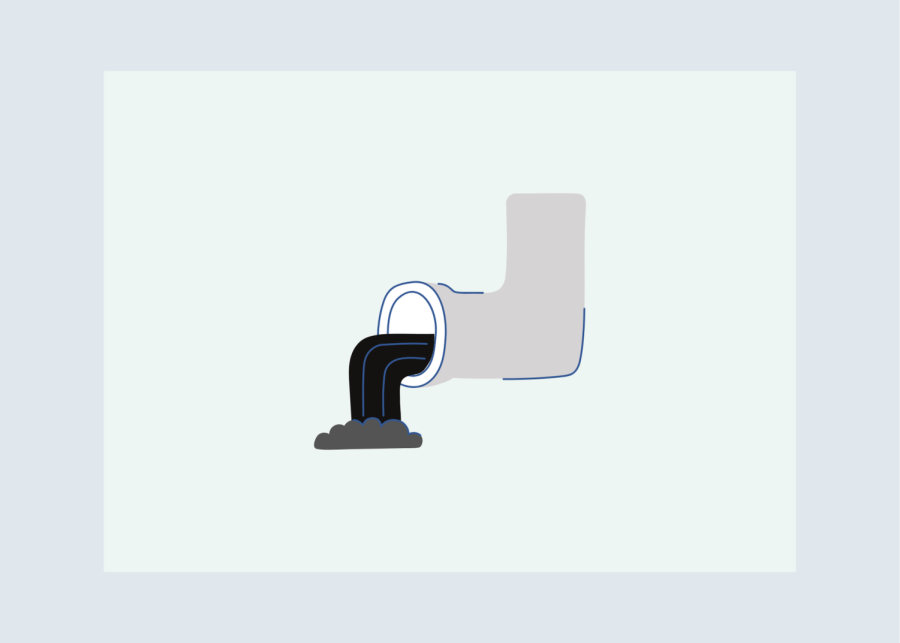The Nord Stream 2 Pipeline and All of its Controversies
After five years of construction and controversy, the Nord Stream 2 pipeline was finally completed in September of this year.
Nord Stream 2 is a 1200 kilometer long liquid natural gas pipeline that runs from Russia to Germany. Its construction was opposed by many countries, such as the U.S. and Ukraine, as well as environmentalists everywhere. The mounting opposition resulted in a huge delay in the pipeline’s construction, with the project finishing nearly two years behind schedule.
The U.S. imposed sanctions on supporting countries for a few months in early 2021 in an effort to permanently halt construction, but the project was merely delayed. The U.S. is against this project because it will increase Europe’s natural gas imports from Russia, which will decrease Europe’s demand for natural gas from the United States. This decrease in demand would lead to a decrease in their profits.
Ukraine is against the project because the pipeline runs underneath the Baltic Sea, bypassing Ukraine, which means Ukraine will no longer act as a middleman between Russia and the rest of Europe. This eliminates a large source of income for Ukraine.
Russia wants to have the pipeline up and running as soon as possible because the demand for natural gas in Europe is very high right now: Europe is currently going through a gas crisis. The pipeline is estimated to be operating by the end of the year. Even though many countries have issues with the pipeline, it may be necessary to lift Europe out of the current gas crisis.
The Nord Stream 2 pipeline will have a large long-term impact on the U.S. economy, but not many U.S. citizens are aware that it exists.
When asked how much she’d heard about Nord Stream 2 (NS2), one Shaker student replied, “I had no idea this pipeline existed until today.”
Not much information is being provided by news organizations about NS2, resulting in a lack of knowledge of the project. A pipeline in Europe that has the potential to greatly decrease the United States’ natural gas exports should be reported on, especially when it’s surrounded by so much controversy.
After this Shaker student was informed about the full scale of the situation, she stated that the pipeline is a viable short-term solution to Europe’s gas crisis, saying, “European countries should try to switch to renewable energy which is way more sustainable than natural gas, but this would take time, and the gas crisis in Europe needs an immediate response.”
A switch from nonrenewable resources to renewable resources would help prevent future crises, and the supply of nonrenewable resources will eventually disappear completely. Also, renewable resources, such as hydropower and wind power, do little damage to the environment, unlike fossil fuels. After the gas crisis in Europe is solved, European countries should focus on switching to clean energy. This would benefit the environment and it would decrease the likelihood of energy shortages in the future.
When interviewed, a local lawyer and family man seemed to know some basic information about the pipeline. He stated the pipeline should not start running because “burning natural gas is terrible for the environment.”
The burning of fossil fuels is in fact damaging to the environment. This process results in a lot of carbon emissions. Again, this switching to clean energy would remedy this issue. If the U.S. and Ukraine became proponents of clean energy, European countries might decide to purchase clean energy sources from them instead of using NS2 for natural gas.
News organizations should cover this story more, because people should know about Nord Stream 2 and its impacts. Both the economic issues and the environmental issues with NS2 can be fixed by a switch to clean, renewable energy.


